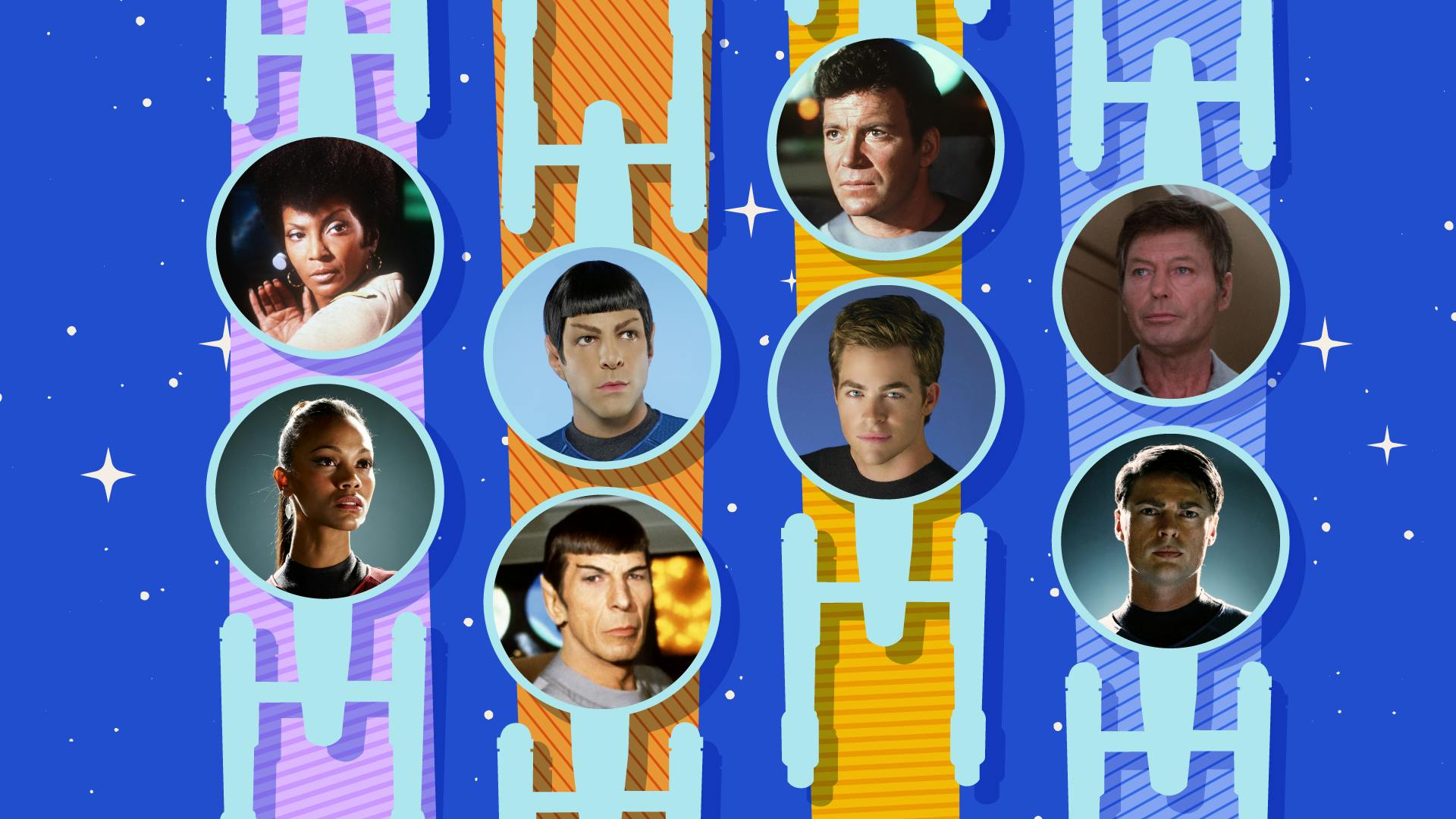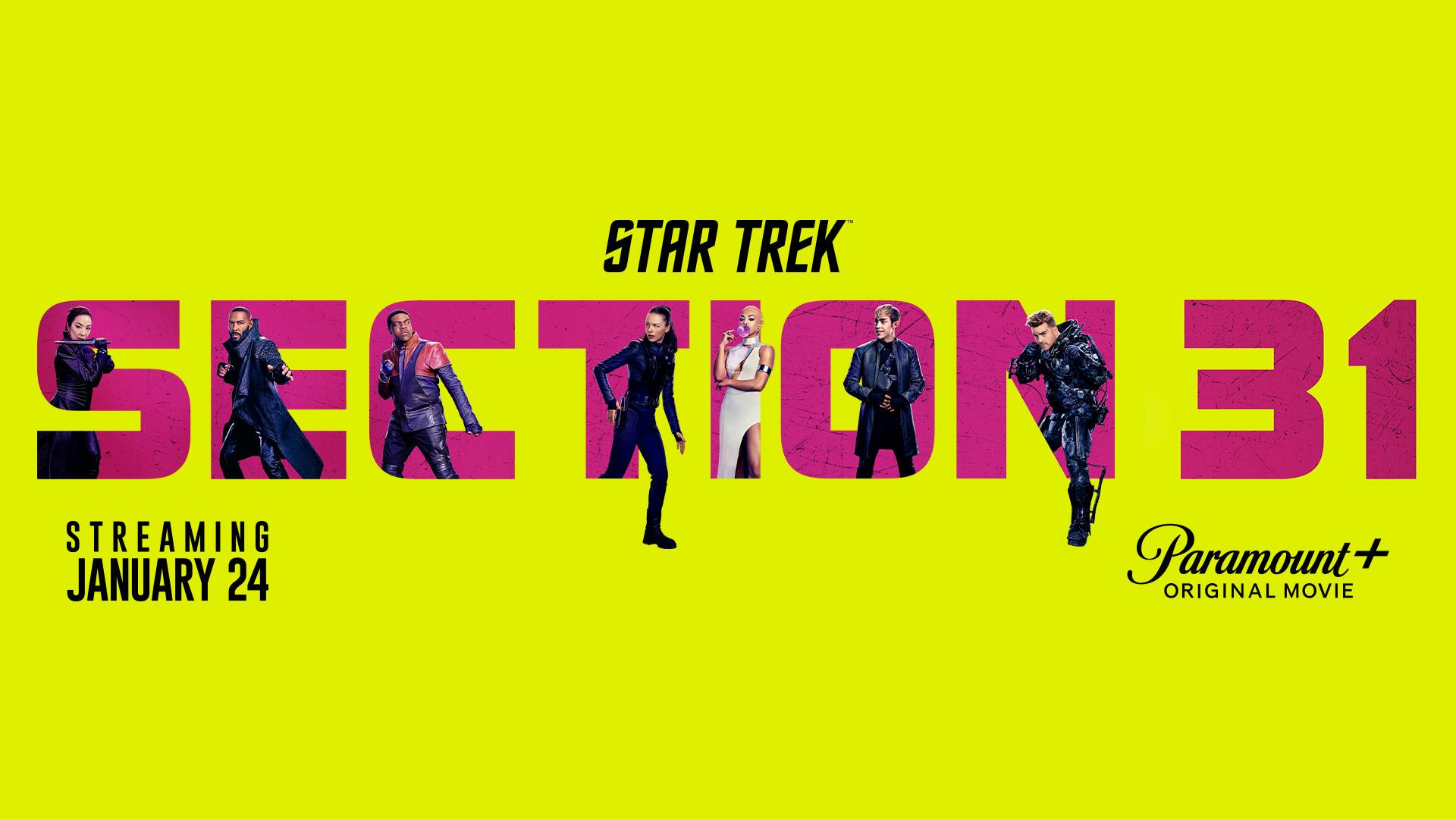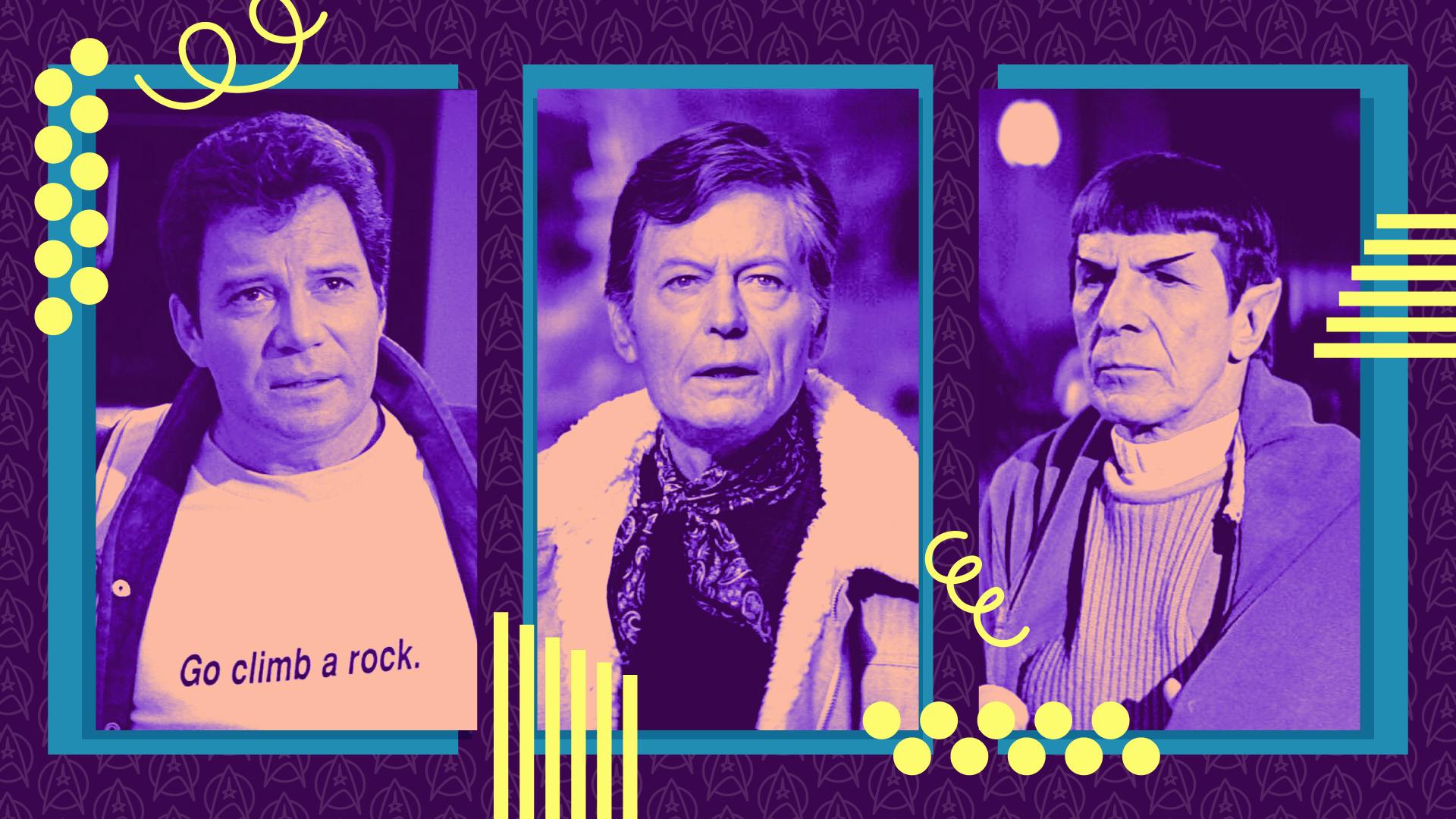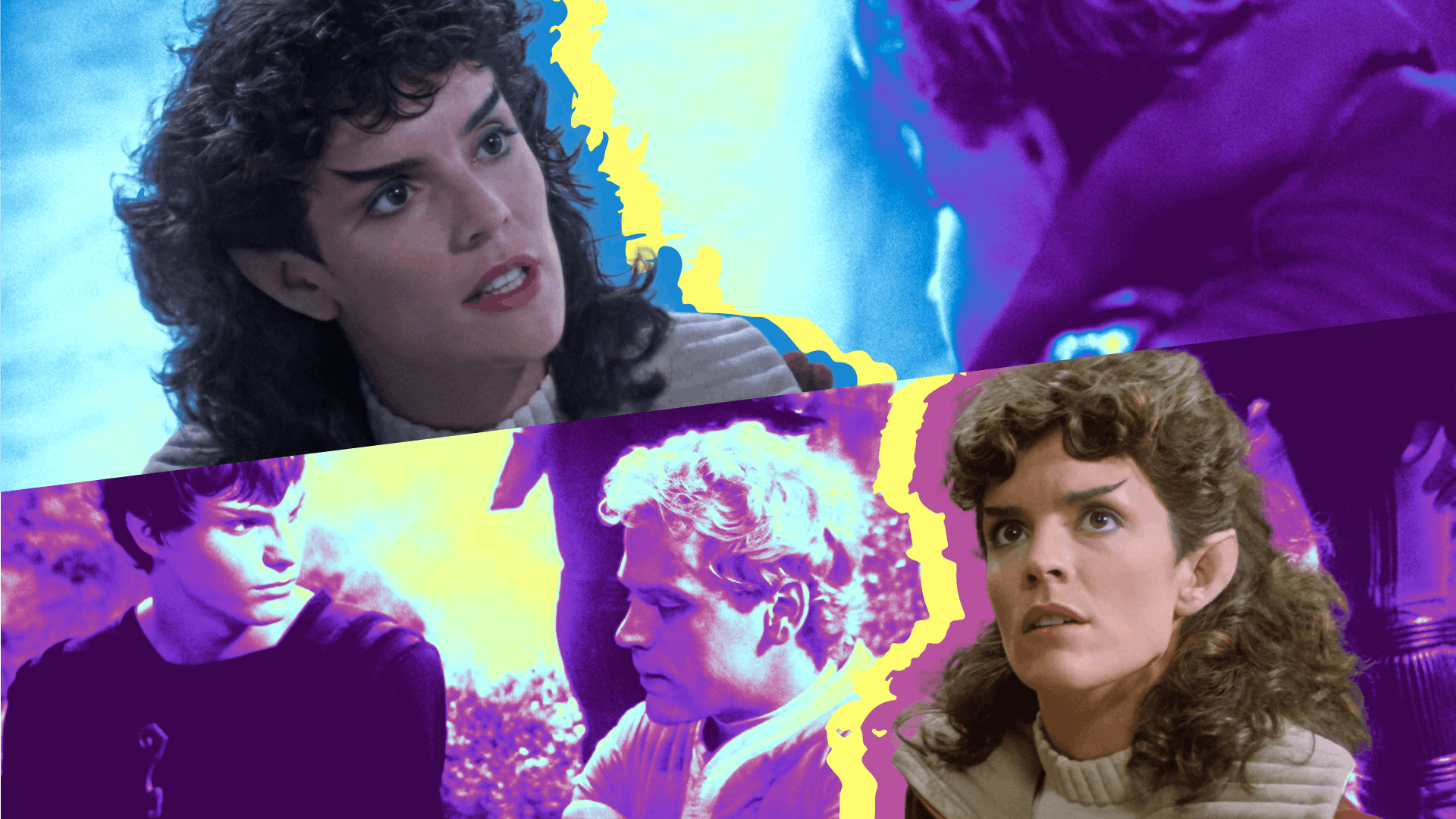Published Dec 11, 2023
The Secrets Behind the Making of Star Trek: Insurrection
Look back at one of the TNG crew's cinematic adventures!
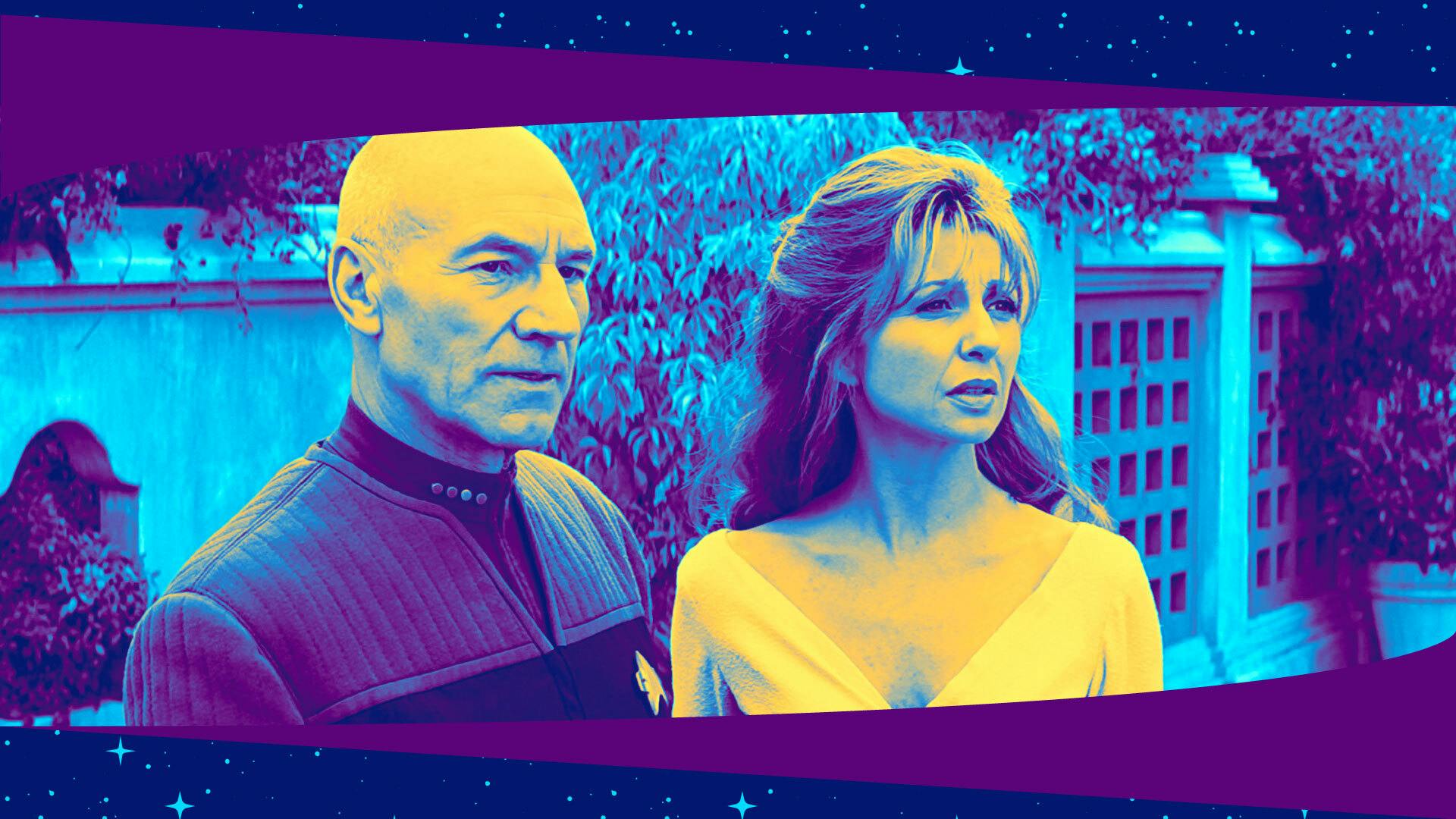
StarTrek.com
In early 1997, story development and pre-production began on the film that would eventually become . A few months after became a box office hit, producer Rick Berman approached Michael Piller, whose contributions to Star Trek cannot be exaggerated, to write the film.
As the producer and showrunner for , Piller's leadership helped humanize and deepen the show and its characters during the third season and the seasons following. Additionally, his innovative policy of allowing script submissions from anyone with talent, even those not represented by an agent, opened the doors for many great TNG episodes, and even helped launch the careers of many of today’s best TV writers. Piller would go on to be co-creator of and ; Insurrection would be his first film script.
While researching the making of Insurrection, we acquired many of the production memos and notes from the film. The materials reveal how and why stories change from their original conceptualizations, while finding solutions to limitations of time, budget, and special effects technology. These are some of the fun, interesting “what-ifs” and “could-have-beens” from these production materials.

Behind-the-scenes of Star Trek: Insurrection
StarTrek.com
Inspiration
Piller’s first treatment, entitled Star Trek: Stardust, was completed on May 9, 1997. It was a much more serious drama based on the themes of Heart of Darkness, the 1902 novella by Joseph Conrad. Early drafts of the script involved Picard going after Hugh Duffy, an old friend who claims that the Federation is in collusion with the Romulans to destroy a world in order to gain its precious ‘sarium krellide’ ore.
Beloved Familiar Faces
Early story ideas included some favorite TNG characters from the television era. The first story treatment had Picard standing before the Federation Council to answer for his defiant actions. It appears all is hopeless, with Picard possibly losing his command, until Boothby begins applauding Picard’s impassioned speech about his actions, inspiring a wave of support.
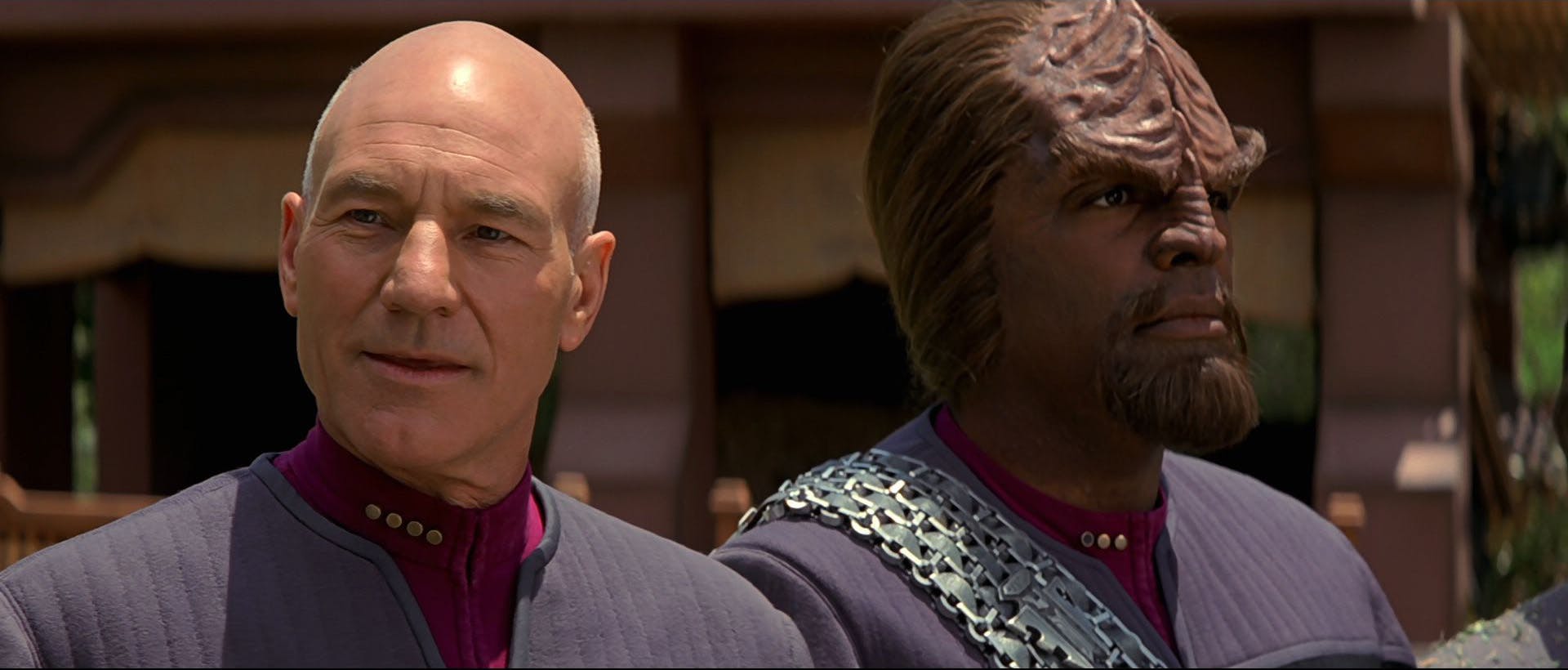
Star Trek: Insurrection
StarTrek.com
Interestingly, the film would not resolve whether Picard was sanctioned or not, leaving that answer for the sequel. Reginald Barclay also had an extensive role in the early versions of the story, but memos indicated a concern that perhaps it was too large of role, not leaving enough to do for regular crew characters of Geordi, Beverly, and Deanna.
Avoiding Comparisons
A planned action scene was to be a chase between Picard and the Son’a on anti-grav scooters, brought with him from the Enterprise to help with the evacuation. However, there was a concern in the production material that the sequence needs to be innovative to avoid comparisons to the Endor speeder bike chase scenes from Star Wars: Return of the Jedi.
Data's Arc
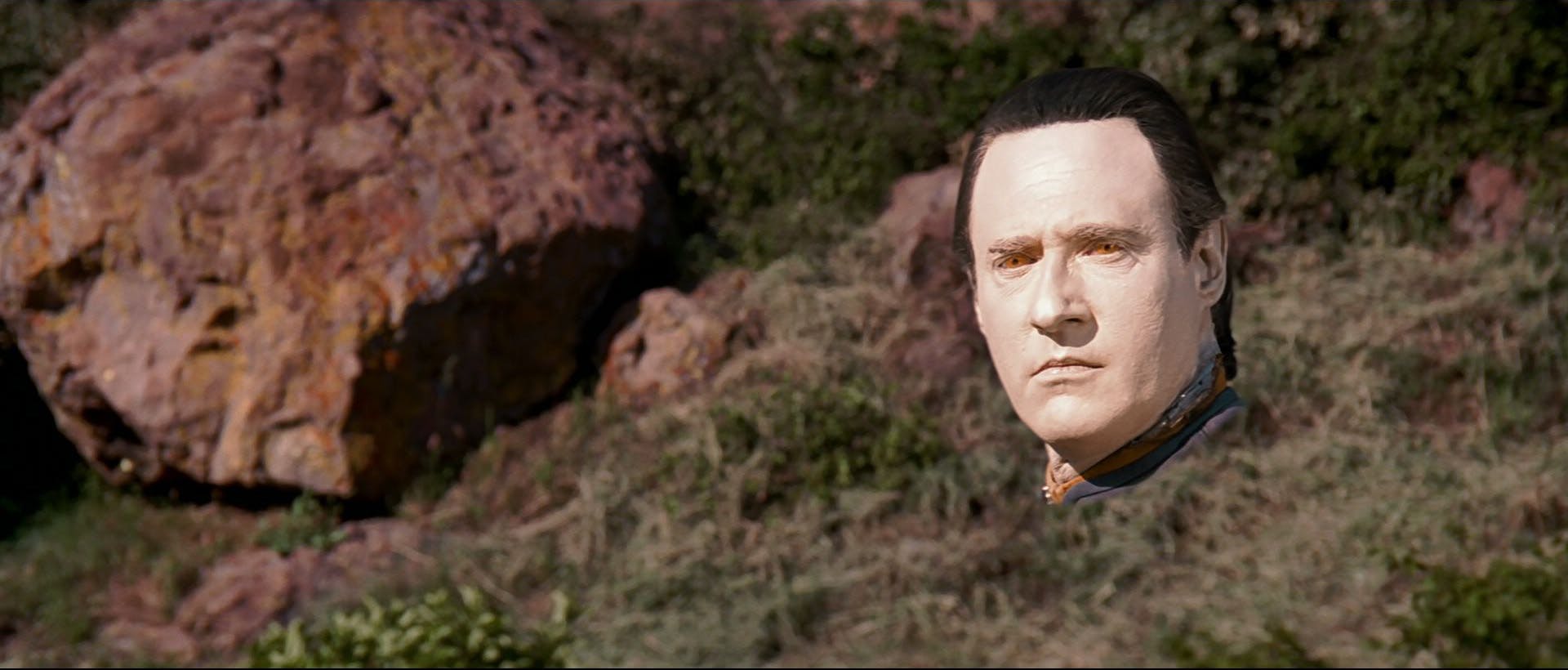
Star Trek: Insurrection
StarTrek.com
One of the original themes of the film was Data arguing in favor of moving the Ba’ku because he wanted his friends to live as long as he did. Picard and Data discuss this, with the former, explaining that it doesn’t matter if people live twice as long if they do so living without “the values we hold most dear.” One of the reason the idea was abandoned was because it was thought that Data had already established that the moral path was to oppose the move of the Ba’ku at the start of the film.
The invisibility suits, seen at the start of the finished movie, used by the joint Son’a/Federation research teams along with Data, were going to play a bigger role in the action of the film. The third draft of the script had Picard using the invisibility suits to subdue Son’a agents.
Designing the Ba'ku
The design of the Ba’ku culture had academic origins; Michael Piller consulted with an anthropologist about what a culture of long-lived people would likely look and act like during 1997. Their comments informed much of the eventual design of the Ba’ku; the anthropologist suggested that a long-lived culture would be rural dwellers who had vocations and not 9-5 jobs, and that they physically would be tall and thin. They would live in smaller groups. Many of these ideas were adopted by designers.

Star Trek: Insurrection
StarTrek.com
Another original idea was to have the Ba’ku have no hair near their ears. This idea was abandoned for very practical reasons. According to the March 11, 1998 memo, the additional cost of shaving the hair on all of the extras would add $94,200 to the budget. Additionally, there was the concern that the extras and actors who played the Ba’ku would have trouble finding work again until their hair returned.
Final Product
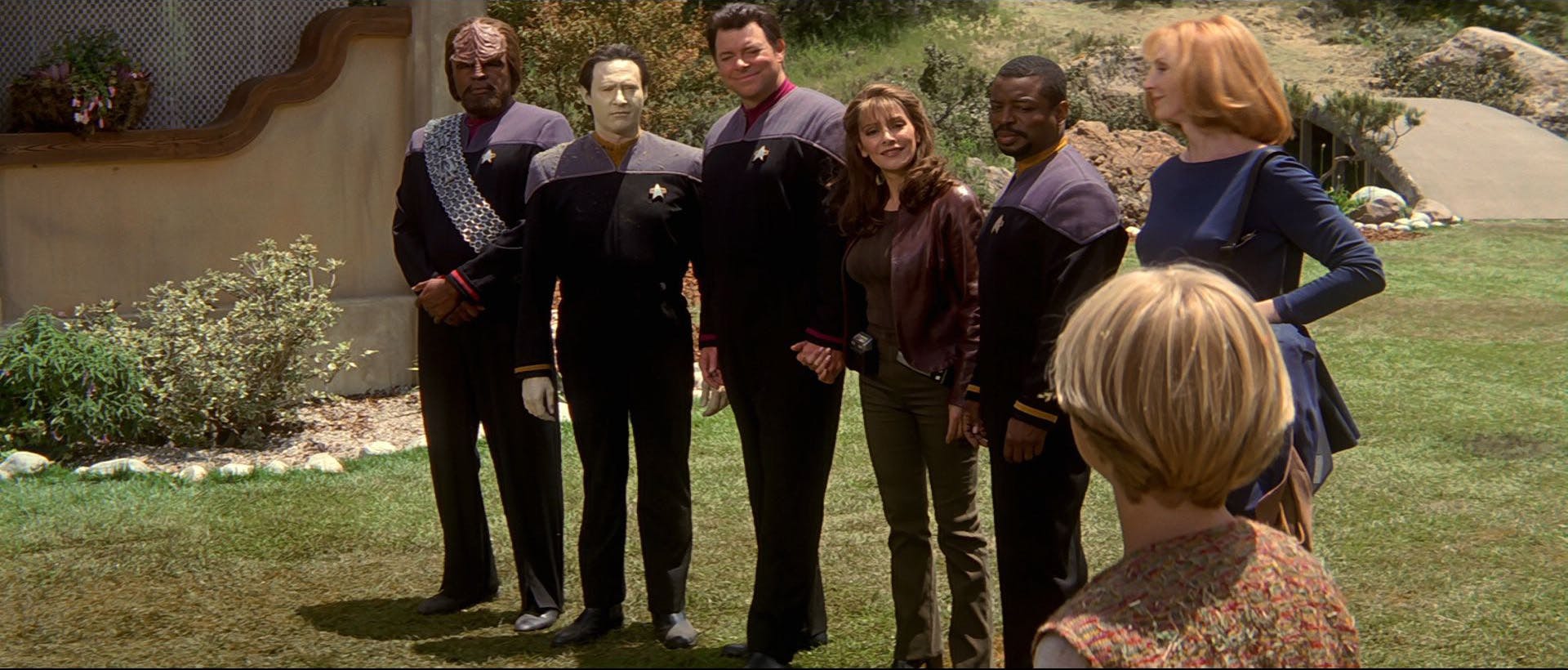
Star Trek: Insurrection
StarTrek.com
Through collaboration and innovation, through artistry and creativity, the production team resolved challenges and limitations to produce what has been called the most “Roddenberry-esque” of the Star Trek films in terms of its social themes.
For those who enjoyed this discussion of the secrets of Star Trek: Insurrection, and for fans of the much-missed Michael Piller, the late writer’s family has published his long-awaited book, Fade In: The Making of Star Trek: Insurrection – A Textbook on Screenwriting from within the Star Trek Universe, which explores in detail the pre-production of the film from a writer’s perspective. , Sandra Piller, Michael's widow, reveals details of how the book came together.

